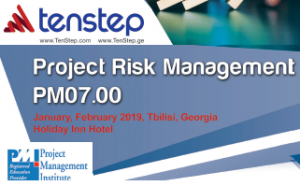There are many tips and techniques to help you with personal time management. However, the one that seems to be universally recommended is the to-do list. It is hard to take control of your day if you don’t have a plan for what you want to do. These to-do lists can be completed daily, weekly, monthly or longer.
For now, let’s focus on the daily to-do list. Here are five tips to help you manage this list.
1. Consolidate on only one list
If you have lists on your desk, in your car, or on post-it notes, merge them all into one list. Then group the items in your list and put them in a logical order. As soon as you’ve done this, you’ll immediately feel like a weight has been taken off your shoulders, because one list seems easier to manage than multiple.
2. Be aware of the target dates
Just because an item is on your daily to-do list, it does not mean the work can be done in one day. It is okay to partially complete an item and then check it off for that day. For example, it might be that an activity is worked on over five days and completed at the end of the week.
You may identify a to-do action that does not need to be started today. Great, you can add it to your to-do list a few days from now. It is okay to have to-do lists for the coming days as well.
3. Set priorities
You don’t want to complete 19 out of 20 to-dos, when the 20th is the one that is really most important. Be sure to identify the most important work for the day. You can do this by listing the to-dos in priority order, or perhaps placing numbers on the high priority work. For me, I simply place an “*” next to the to-dos that are the most important.
4. Be aware of dependencies
Sometimes you get fired up to start a to-do action and then you realize something else needed to be completed first. The work on your to-do list should not be so complicated. Be sure to think about the work and recognize any to-dos that need to be done first.
5. Manage your list
As you complete your work each day, check off the work as it is completed. This gives you the sense of accomplishment. If you do not finish all of the to-dos, carry the remainder over until the next day. Tomorrow, start the process over again.
There are many other elements of time management – personal organization, eliminating time wasters, removing clutter, etc. The daily to-do list is perhaps the key. Use it and use it wisely.
Could your organization use coaching on how to get more work done in a day? Contact us today to discuss how to identify and remove time wasters to allow you more time to get your work done.

